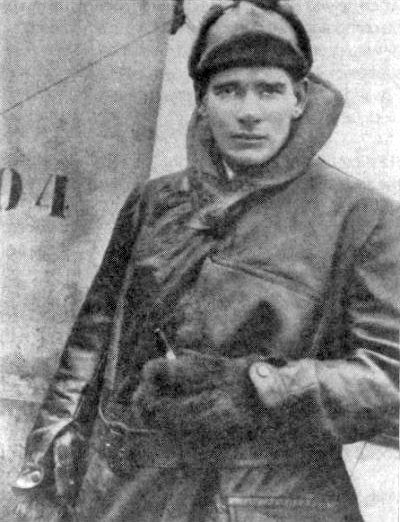Mick Mannock (Edward Corringham Mannock)

Edward Corringham “Mick” Mannock VC, DSO & Two Bars, MC & Bar (24 May 1887 – 26 July 1918) was a British flying ace in the Royal Flying Corps and in the Royal Air Force during the First World War. Mannock was a pioneer of fighter aircraft tactics in aerial warfare. At his death he had amassed 61 aerial victories, the fifth highest scoring pilot of the war. Mick Mannock was born to parents of English and Scottish descent in 1887. Mannock’s father served in the British Army and the family moved to India when Mannock was a small child. Mannock was sickly and developed several ailments in his formative years. Upon his return to England he became a fervent supporter of Irish nationalism and the Irish Home Rule movement but became a member of the Independent Labour Party where he satisfied his interest in politics. In 1914 Mannock was working as a telephone engineer in Turkey. After the Ottoman Empire’s entry into the war on the side of the Central Powers he was interned. Mannock was badly treated and soon fell ill. Turkish authorities repatriated him to Britain believing him to be unfit for war service. Mick Mannock recovered and joined the Royal Engineers and then Royal Army Medical Corps. He moved services again and in 1916 joined Royal Flying Corps (RFC). After completing his training he was assigned to 40 Squadron RFC. Mannock went into combat on the Western Front participating three separate combat tours. After a slow start he began to prove himself as an exceptional pilot, scoring his first victory on 7 May 1917.
By February 1918 Mick Mannock had achieved 16 victories and was appointed Flight Commander of No. 74 Squadron. He amassed 36 more victories from 12 April—17 June 1918 before returning to England. Mannock returned as commanding officer of No. 85 Squadron in July 1918, and scored nine more victories that month. Days after warning fellow ace George McElroy about the hazards of flying low into ground fire, that fate befell Mannock and he was killed in action dogfighting too close to the ground on 26 July 1918. Mannock was among the most decorated men in the British Armed Forces. He was honoured with the Military Cross twice, was one of the rare three-time recipients of the Distinguished Service Order, and was posthumously awarded the Victoria Cross. On 26 July, Major Mannock offered to help a new arrival, Lt. D. C. Inglis, obtain his first victory. After shooting down an enemy LVG two-seater behind the German front-line, Mick Mannock is believed to have dived to the crash site to view the wreckage, seemingly breaking one of the unwritten rules of fellow pilots. In consequence, while crossing the trenches the fighters were met with a massive volley of ground-fire. The engine of Mannock’s aircraft was hit and immediately caught fire, and shortly after the plane crashed behind German lines. Mannock’s body is believed to have been found, though this is unproven, about 250 yards from the wreck of his machine, perhaps thrown, perhaps jumped. The body showed no gunshot wounds; Mannock always promised to shoot himself if he was ever going down.
Born
- May, 24, 1887
- Ballincollig, Republic of Ireland
Died
- July, 26, 1918
- Lillers, France
Cause of Death
- plane crash

